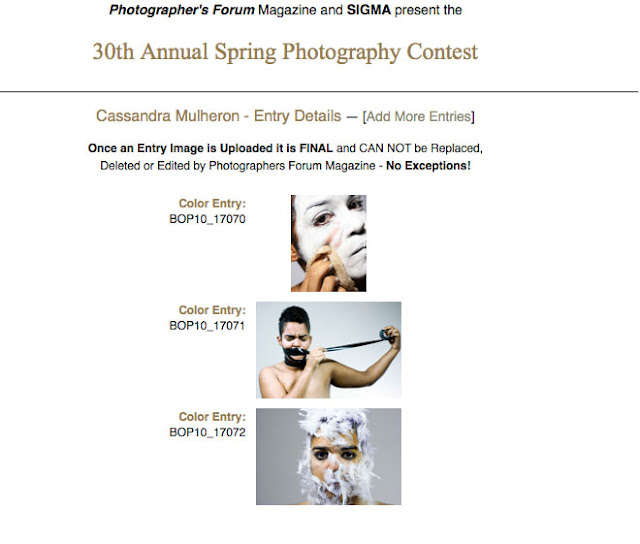Paola Antonelli
Trained as an architect and thinks that it contributes to her curating position. MOMa. Brought up in Italy.
“Secret is to build teams and know who to ask for help when needed.”
Secret Strength- also biggest weakness. Get lost in details and lack retention. (lard and honey…)
--Changed fifteen professions. Can’t be an astronaut with cavities… Different ideas of what she wanted to do. Organic path and keeping your mind opening and following the things you like to do. The right direction for her was to be a writer.
· 2 years of economics
· moved to architecture to be free
· realized she wasn’t great at this and moved to writing
o Worked for Domus magazine.. which started as a house wives magazine..
o Also freelanced exhibitions
--Came to NYC in 1994. Found her job already set up for her. Design is not only something that comes from Europe. She realized that there were established institutions within the US that don’t have design critics.
-Mutant Materials in Contemporary Design first show. (1995)
80% of audience is @ MOMA to see Picasso’s etc. She tries to design the shows to draw people in and check out the design.
Make due with what you get. Juxtapositions of designers.
Achille Castiglioni: Design! (1997)—explain very clearly the process behind products. Arch lamp.
Thematic shows allow for more authorship. Designers need to find their own narratives.
Tricks
· make exhibitions manageable for children. They aren’t insecure and are best at critiquing. Show is good if children enjoy.
Projects 66: Campana/Maurer (1998)
· Furniture vs lighting
· Campana—
· Maurer—Luccilino.
Campana brothers. Vermelha chair
Workspheres (99-2001) beginning of wireless technology. Ready to be in the future but the future was resisting and they weren’t ready.
Humble Masterpieces (2003)—masterpieces are everywhere. Try to look at things differently. Book was published once they realized that people liked it.
SAFE: Design Takes On Risk (2005)—design that had nothing to do with aesthetics and more to do with function. Original idea (emergency) was to happen around the time of 9/11. Renewed and increased optimism among New Yorkers.
Objects of Design @ MOMA – vast collections that reflects progress. Objects that always push you a little forward. Idea of forward motion.. Need to stick to your own story in order to have a presence. MOMA is writing their own history of design.
Design and the Elastic Mind @ MOMA—only two design and architecture people on committee. Collaborations between scientists and designers/architects. . . Lesson-scale has changed. More about quality of image/complexity. Micro/nano-scale…human scale… intangible large scale
· Sperma zoe
Nanotopia- Future Farm. Michael Burton. –critical design
Smell+
James Augner
Front
Sketch Furniture 2006





















 B
B

















